airpollution
Latest
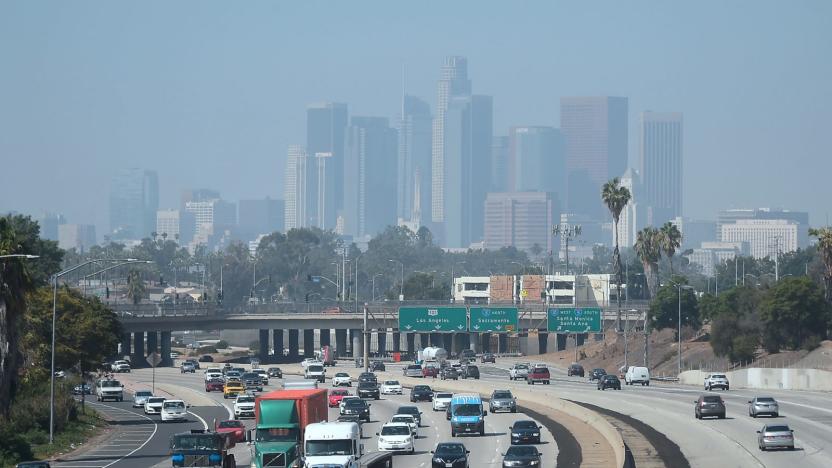
Tougher emissions rules helped cut US air pollution deaths in half
There's little doubt that air quality has generally improved in the US in recent decades, but quantifying that improvement has been difficult. However, a recently published University of North Carolina study might have produced a more tangible figure. The NASA- and EPA-backed report determined that American deaths from air pollution dropped by 47 percent between 1990 and 2010 to 71,000 per year. The researchers achieved the figures by measuring the levels of two pollutants (ozone and PM2.5) in a 21-year computer simulation and comparing that to CDC data for related causes of death in given regions, such as chronic obstructive pulmonary disease and ischemic heart disease.

Bombardier revives the battery-powered train
Diesel trains are noisy and polluting, but on stretches of non-electrified rail, what else are you going to do? Hydrogen trains are one option, but now there's another: Canadian transportation firm Bombardier has (re-)introduced the battery powered train. In Berlin, it launched the Bombardier Talent 3 electro-hybrid train, the first of its kind in Europe in over 60 years, the company said. The train took its maiden voyage with local luminaries including the federal commissioner for rail transport and the Brandenburg transport minister.
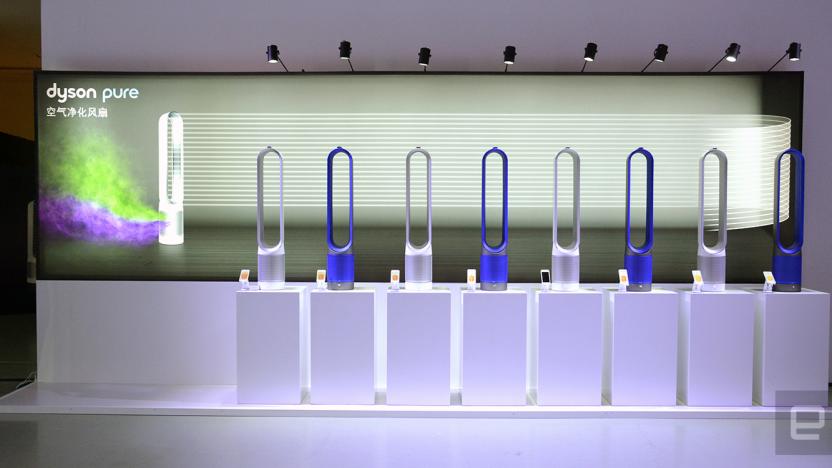
Dyson's updated air purifiers remove more harmful gases
It's been a little over a year since Dyson launched its first connected air purifier, the Pure Cool Link, and to celebrate this occasion, the company is about to update its entire line of air purifiers with improvements aimed at the Chinese market. Well, what's going to be different is really just the replaceable cylindrical glass HEPA filter: the new version's inner layer will pack three times more specially treated graphite crystals than before, which helps remove more gaseous pollutants (and odors) in addition to the usual particulates as small as PM 0.1.
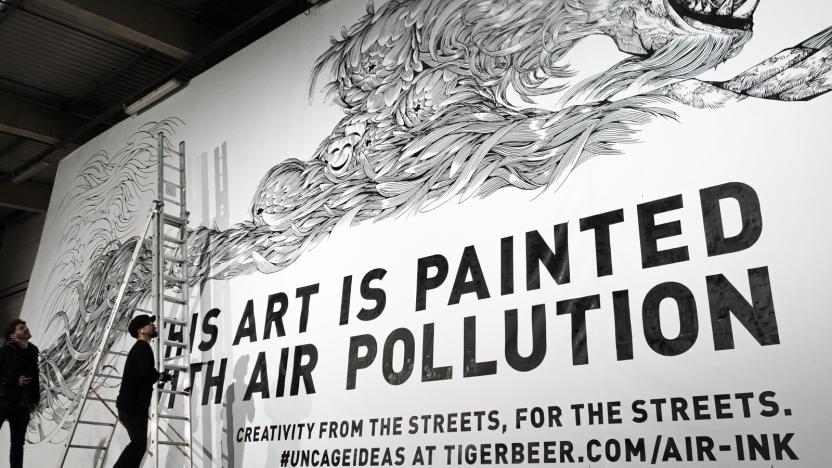
Air pollution makes surprisingly good art supplies
Plumes of diesel exhaust contain a mixture of things both nasty and harmless. A lot of it, however, is carbon. Carbon can be useful and (as you might recall from school) is often jet black in color. Start-up Graviky has created an exhaust filter that can pull 95% of the carbon soot from diesel exhausts, and then transform this into useable, purified, black ink or paint. The result is what co-founder Anirudh Sharma calls Air-Ink, and it's already being used in markers and oil-based paints. The process is far more sustainable than typical methods for making black carbon ink, which requires directly burning fossil fuels. The project is turning something we don't want, air pollution, into something we do: art. Oh, and billboard ads.

Flow tracks air quality for crowdsourced pollution maps
You might not have heard of Plume Labs, but you can probably recall their pollution monitoring pigeons that flew over London earlier this year. The part research project, part publicity stunt was designed to drum up interest in a new air quality sensor the company has been working on for two years. Now, it's ready to unveil the final version. The device is called Flow, and it looks like a small thumb drive from a few years back. Inside its grey, aluminium shell you'll find a bunch of sensors for measuring dust, exhaust fumes and other harmful gases, as well as temperature and humidity.

EPA hands out $4.5 million to build better air pollution sensors
The Environmental Protection Agency doesn't just want to clamp down on pollution... it wants to develop the technology that helps spot that pollution. It's handing out a total of $4.5 million in grants to six research teams (including Carnegie Mellon, MIT and the University of Washington) to help develop lower-cost, easier-to-use air pollution sensors. EPA officials hope that this will help neighborhoods track their own air quality and improve health on a local level. You'd have a better idea of whether or not industry really is contributing to the smog in your neighborhood, for instance. Although it'll likely take a long while before you see results come out these grants, they could easily pay off if they lead to cleaner air in your neck of the woods.

ICYMI: Skyjumping science experiments and more
try{document.getElementById("aol-cms-player-1").style.display="none";}catch(e){}Today on In Case You Missed It: University of Melbourne researchers studying non-sized crystals (that might one day be used to store greenhouse gases) needed to know what the nanoparticles would do in low-gravity, so they jumped off a plane while holding them. Scientists from Ohio State developed a bottle coating to let shampoo and soap inside of plastic bottles flow freely, rather than get stuck. This maker got really excited about visualizing what the inside of modern computer looks like, so he built a huge one. As always, please share any interesting tech or science videos you find by using the #ICYMI hashtag on Twitter for @mskerryd.
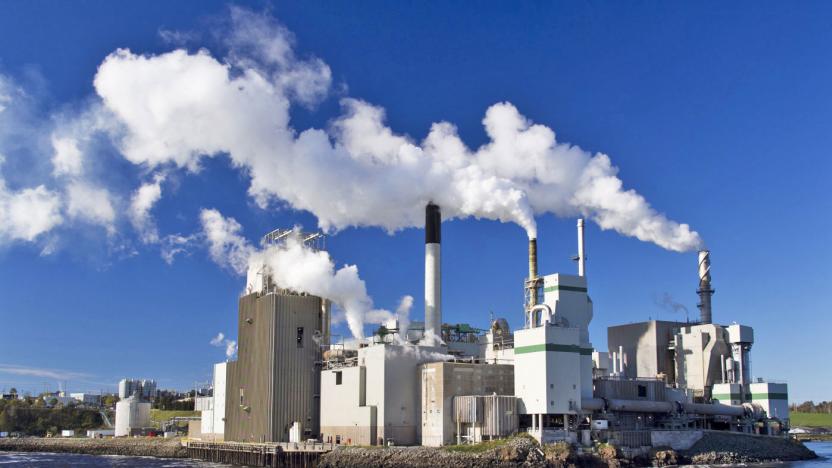
NASA satellite finds 39 unreported sources of air pollution
Scientists at NASA's Environment and Climate Change Canada and researchers at University of Maryland, College Park and Dalhousie University discovered 39 unreported "major" sources of toxic air pollution. Using the space agency's satellite imaging, the group located the man-made sources where toxic sulfur dioxide is being emitted. Sulfur dioxide (SO2) is a contributor to acid rain and is regulated on the ground by the EPA. However, to properly police the emissions, the government agency has to know the location of the pollutants.

uHoo edges out other air quality monitors with extra sensors
We've now gotten to the point where we can rely on pigeons for monitoring outdoor air quality, and there are plenty of conventional options for indoor as well. But there's always room for improvement, which is why we're looking at the uHoo. Impressively, this pint glass-sized device packs up to five air pollutant sensors, thus allowing it to measure the usual dust and volatile organic compounds, as well as carbon dioxide, carbon monoxide and ozone -- these three can't be detected by most other monitors in the consumer market. On top of that, the uHoo can also keep an eye on the temperature, humidity and air pressure, which comes in handy as these contribute to our wellness, too. The live data is fed to your iOS or Android device via Wi-Fi, and the app will alert you when the air goes bad in one of the rooms.
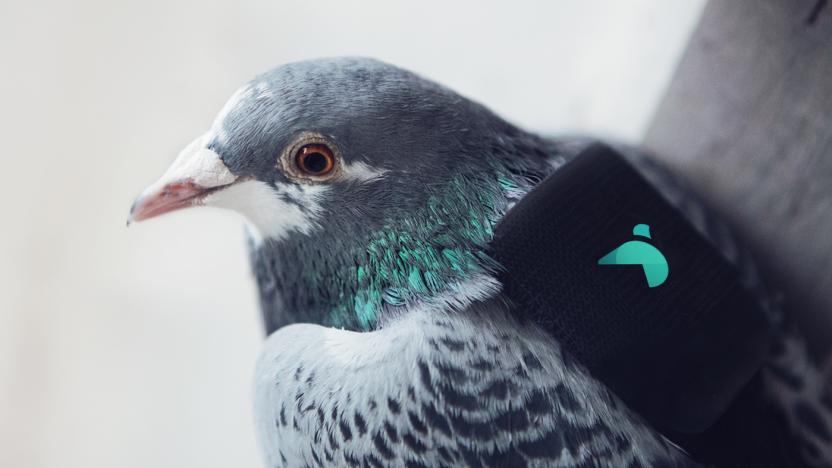
Pigeons track air pollution in London with tiny backpacks
A small flock of pigeons have been given tiny backpacks to monitor air pollution in London. The project was dreamt up by Plume Labs, a company focused on the environmental problem, and the marketing agency DigitasLBi. The rucksacks are fitted to the birds using small fabric vests, and the sensors inside are able to measure nitrogen dioxide and ozone levels. Only 10 birds are in flight at any one time, so the amount of data being collected is pretty small. However, it's still a creative way of analysing the air that millions breathe in every day in the capital.






